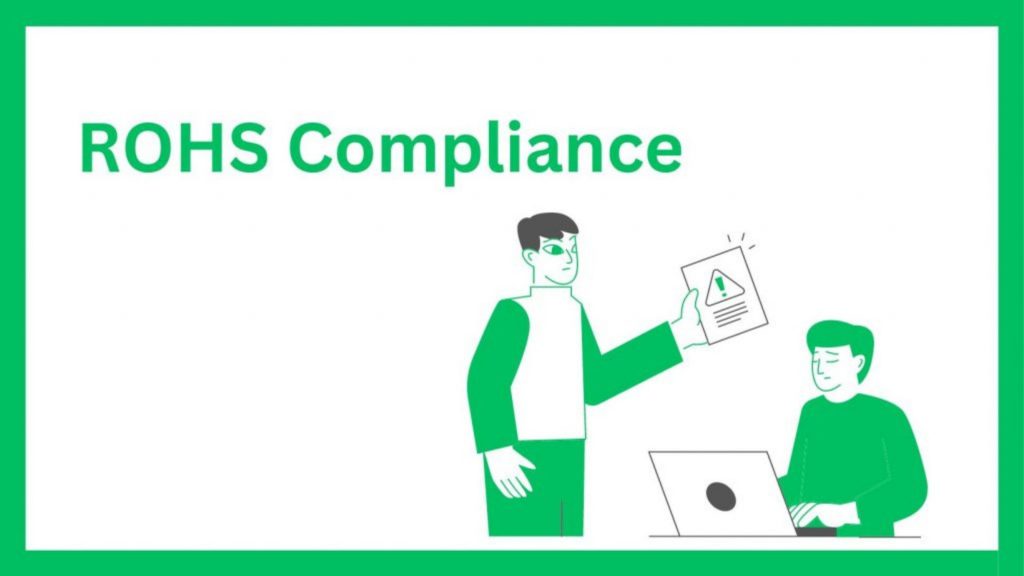Learn how to achieve optimal results in ROHS compliance with our expert strategies. Our guide provides reliable information and guidance to help you succeed. ROHS compliance is a crucial aspect of modern manufacturing. The Restriction of Hazardous Substances (ROHS) directive restricts the use of certain hazardous substances in electrical and electronic equipment. Manufacturers must comply with these regulations to ensure the safety of their products and the health of their customers. This guide aims to provide manufacturers with expert strategies for maximizing their efforts. We understand that by being ROHS compliant, navigating the complex regulations can be challenging, which is why we have created this informative guide. In this article, we will explore the best practices for achieving optimal results.
Maximizing ROHS Compliance: Strategies for Success
Conduct a Thorough Material Analysis
Material analysis is a critical step in ROHS compliance. To ensure that your products comply with the regulations, by being ROHS compliant, you must conduct a thorough analysis of the materials you use in production.
Here are eight expert strategies for conducting a comprehensive material analysis:
– Identify all materials used in your products
– Determine the composition of each material
– Check for any restricted substances in each material
– Assess the risk of contamination from restricted substances
– Consider the potential impact of restricted substances on human health and the environment
– Document your findings and maintain accurate records
– Review your analysis regularly to ensure ongoing compliance
– Implement a process for identifying and addressing any issues that arise
Establish a Robust Compliance Program
Establishing a robust compliance program is essential to achieving optimal results. Here are eight expert strategies for building an effective compliance program by being ROHS compliant:
– Develop a clear understanding of the regulations and their requirements
– Assign responsibility for compliance to a dedicated team or individual
– Establish clear policies and procedures for compliance
– Provide regular training to employees on compliance requirements and best practices
– Conduct regular audits to assess compliance and identify any issues
– Implement corrective actions to address any compliance issues that arise
– Monitor changes to the regulations and adjust your compliance program accordingly
– Stay up-to-date on industry best practices and emerging technologies
Partner with Experienced Suppliers
Partnering with experienced suppliers is a critical component of successful compliance.
Here are eight expert strategies for selecting and partnering with the right suppliers:
– Research potential suppliers and their compliance track record
– Request documentation of compliance from potential suppliers
– Conduct on-site inspections of potential suppliers to assess their compliance efforts
– Establish clear expectations for compliance with your suppliers
– Include compliance requirements in your contracts with suppliers
– Provide regular training to suppliers on compliance requirements and best practices
– Conduct regular audits of your suppliers to assess compliance
– Implement corrective actions to address any compliance issues with your suppliers
Get the optimal results with us!
Achieving optimal results in ROHS compliance requires a thorough understanding of the regulations, effective strategies for compliance, and an ongoing commitment to compliance efforts. By conducting a thorough material analysis, establishing a robust compliance program, and partnering with experienced suppliers, manufacturers can ensure that their products are safe, compliant, and environmentally friendly. At, we understand the challenges of being ROHS compliant, which is why we are committed to providing our customers with reliable information and expert guidance.

